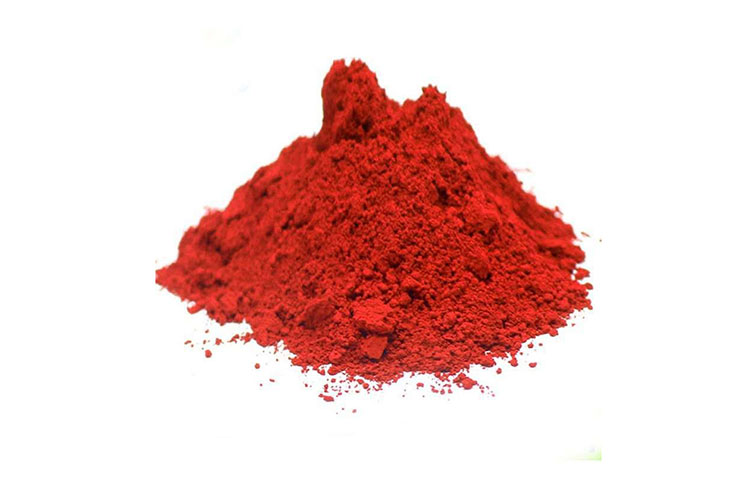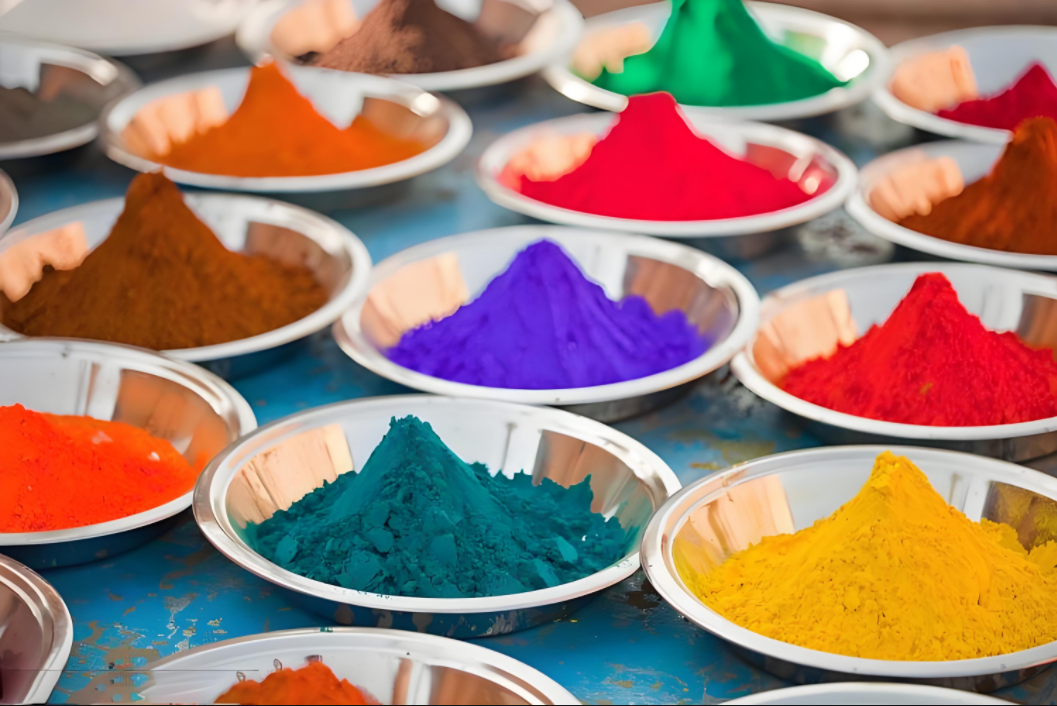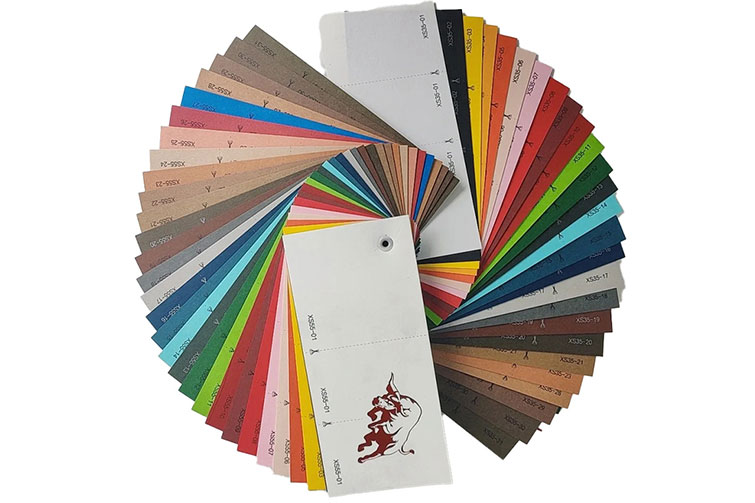

How to Identify the Quality of Pigments: A Guide for Artists and Designers
Pigments are the backbone of color in art, design, cosmetics, printing, and manufacturing. Whether you're an artist seeking vibrant hues for a painting, a designer selecting long-lasting colors for textiles, or a manufacturer looking for stable and safe pigments, understanding pigment quality is essential. But with so many options on the market, how can one distinguish between high- and low-quality pigments? This article explores the key criteria for evaluating pigment quality, including color strength, lightfastness, particle size, purity, and more.
1. Color Strength (Tinting Strength)
One of the most immediate indicators of pigment quality is color strength—how intense or vivid the pigment appears when applied, and how much it influences a mixture. High-quality pigments exhibit strong tinting power, meaning that even a small amount of pigment can significantly color a medium such as oil, acrylic, or watercolor.
To test this, mix a small amount of the pigment with white paint or binder. A high-quality pigment will produce a clean, vibrant result even in small concentrations. Low-quality pigments often appear dull or require larger quantities to achieve the same effect, which can impact both cost and performance.
2. Lightfastness
Lightfastness refers to a pigment's resistance to fading or color change when exposed to light, particularly UV rays. High-quality pigments maintain their color over time, while low-quality pigments may fade, yellow, or discolor.
To evaluate lightfastness, refer to the pigment's lightfastness rating, typically measured using standardized scales like the ASTM (American Society for Testing and Materials) or Blue Wool Scale. Ratings of I (excellent) or II (very good) are ideal for long-lasting works, especially in fine art or outdoor applications. Artists can also perform their own lightfastness tests by exposing swatches to sunlight over a few weeks and observing any changes.
3. Purity and Composition
High-quality pigments are made from pure and stable chemical compounds. They are consistent in composition, free from fillers, extenders, or unnecessary additives that dilute performance. Pigments that include impure materials may be cheaper, but they can compromise color accuracy, stability, and longevity.
Always check the pigment’s ingredient list or technical data sheet. Look for specific pigment identification numbers, such as “PB29” for Ultramarine Blue or “PR101” for Red Iron Oxide. A clearly labeled pigment with minimal additives often indicates better quality.
4. Particle Size and Dispersion
The size and distribution of pigment particles affect texture, opacity, and consistency. High-quality pigments are finely ground and evenly dispersed, leading to smooth application, uniform color, and fewer issues with clumping or streaking.
Poorly milled pigments may feel gritty or uneven when applied and can produce inconsistent results across surfaces. In paint, they may settle quickly or cause uneven drying. A simple test is to rub a small amount between your fingers or brush it on a surface to check for smoothness.
5. Opacity and Transparency
Depending on the intended use, the opacity or transparency of a pigment can be a key factor in determining its quality. High-quality pigments are consistent with their expected opacity level—opaque pigments cover well, while transparent pigments layer cleanly without muddying underlying colors.
This can be tested by brushing a pigment over black and white surfaces. Transparent pigments should allow the contrast to show through, while opaque ones should effectively block out the background.
6. Binder Compatibility and Versatility
High-quality pigments are versatile and compatible with a wide range of binders and mediums, such as oil, acrylic, watercolor, ink, or textile medium. Inferior pigments may react poorly with certain binders, leading to separation, discoloration, or instability.
Professional-grade pigments will list compatible mediums and provide guidance for optimal use. Pigments that disperse easily into different binders without altering their properties demonstrate superior quality.
7. Safety and Environmental Standards
Top-tier pigments meet safety regulations and environmental standards, especially in industries like cosmetics, children’s products, and food packaging. They are non-toxic, heavy metal-free, and sustainably produced when applicable.
Look for certifications such as ASTM D-4236 (for artist materials), REACH compliance (in the EU), or FDA approval (for food and cosmetics). Avoid pigments with vague labels or no safety information, especially for skin-contact or long-term use.
8. Brand Reputation and Consistency
Finally, the reputation of the manufacturer often reflects pigment quality. Established brands typically invest in quality control, testing, and research. While premium pigments may come at a higher cost, they deliver consistency, reliability, and professional results.
Buying from trusted suppliers also ensures you’re receiving what’s advertised. Counterfeit or poorly labeled pigments can lead to costly mistakes, especially in large-scale production.
Conclusion
Identifying high-quality pigments involves a combination of visual inspection, performance testing, and attention to labeling and sourcing. By focusing on characteristics such as color strength, lightfastness, purity, particle size, and compatibility, you can make informed choices that lead to better artistic, commercial, or industrial results.
Whether you're mixing your own paints, formulating a cosmetic line, or crafting a long-lasting mural, choosing the right pigments ensures your colors stay true, vibrant, and enduring. In a world full of color, quality makes all the difference.





